
The demographics of the rally were different from what one might expect for a collegetown like Ithaca. The majority of attendees were of retirement age, sporting grey hair and holding various generally pro-American and anti-Trump signs. There was also a considerable amount of middle- aged attendees and their children. The youngest were half asleep in strollers while the slightly older entertained themselves by climbing trees or digging up dirt.



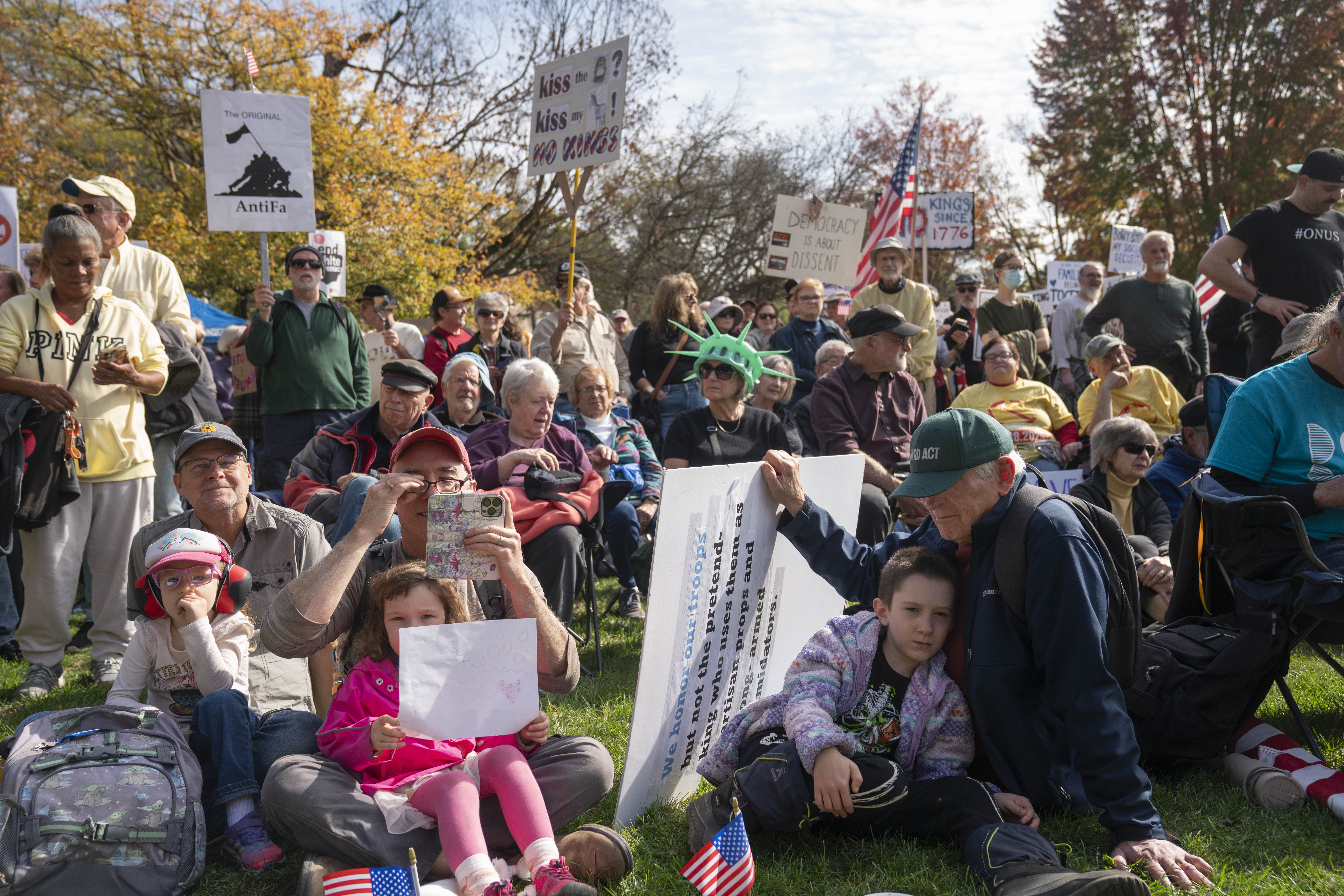

For the most part, there was a distinct lack of those in their twenties, perhaps the group associated most with leading social movements. Maybe due to Trump's crackdown on college activism, with help from many university administrations, the angry youth did not come out in droves. This paled in comparison to other parts of the world, where in the past three years, “Gen Z Protests” in South Asia have led uprisings against governments in Sri Lanka, Bangladesh, and most recently Nepal.

The protesters also seemed to diverge on the exact message they wanted to send. At one point in the Ithaca rally, organizers started to chant “Unmask ICE!” Then others in the crowd started chanting “Abolish ICE!” back at the organizers, who responded with a nervous chuckle and continued to call only for the unmasking and not the full-blown abolition. The organizers also did not lead a march; they hadn’t obtained insurance and did not want to be held liable for any potential injuries or damages, one Indivisible Tompkins organizer explained at length in a speech.


Some at the event began marching anyway after the speeches finished. They walked down to a busy intersection and started chanting at the passing cars, many who honked in support, and a few who rolled down their windows to shout at the protesters. A small group of people took the protest into the road, partially blocking traffic and causing a lot of animosity between the different groups of protesters—the generally younger wanting to take on more disruptive tactics, and the generally older who seemed to view the roadblocking as a step too far. The latter subset included organizers from Indivisible Tompkins. The protest, it seemed, exhibited a clear anger towards the president but didn’t know exactly how to direct it.
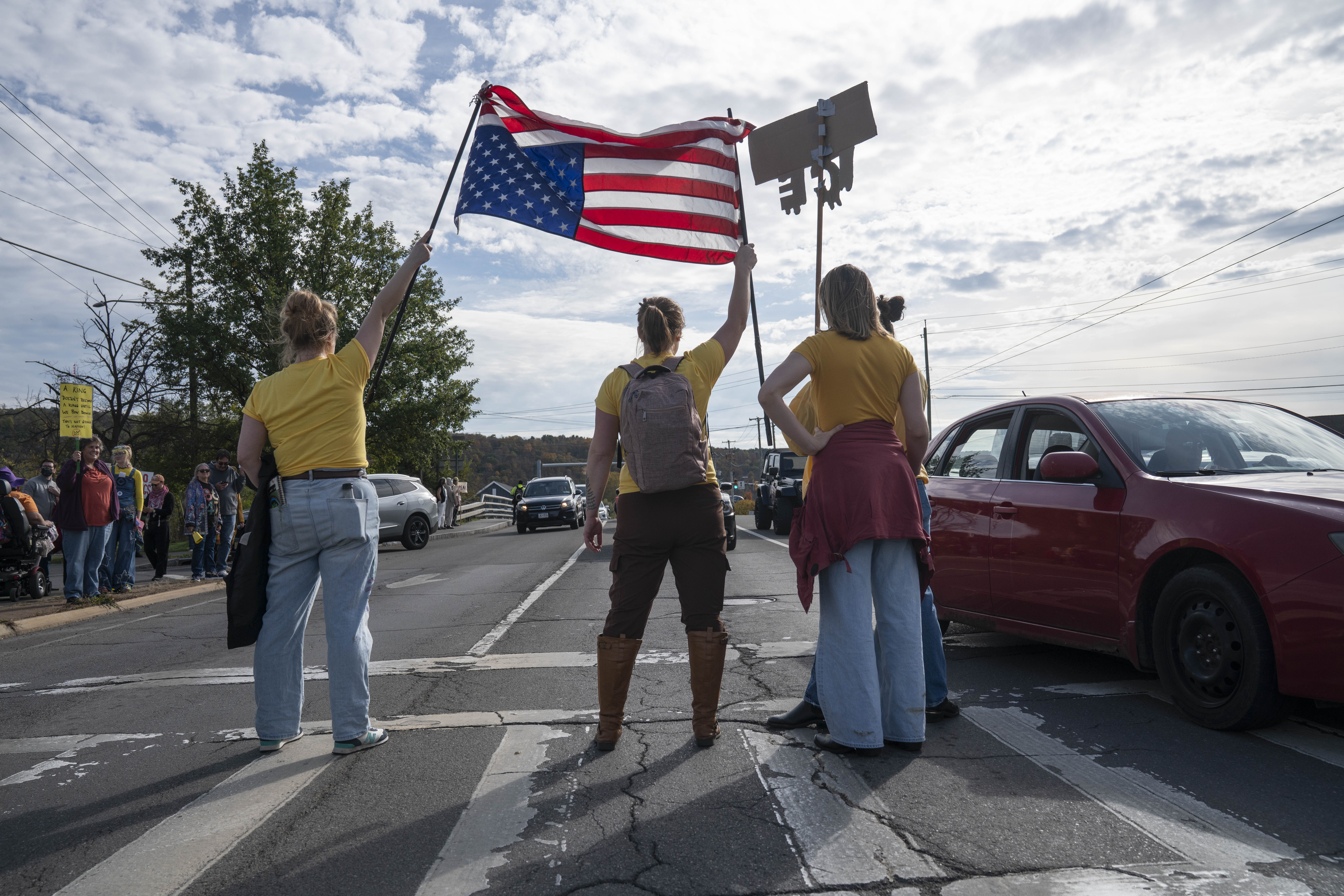
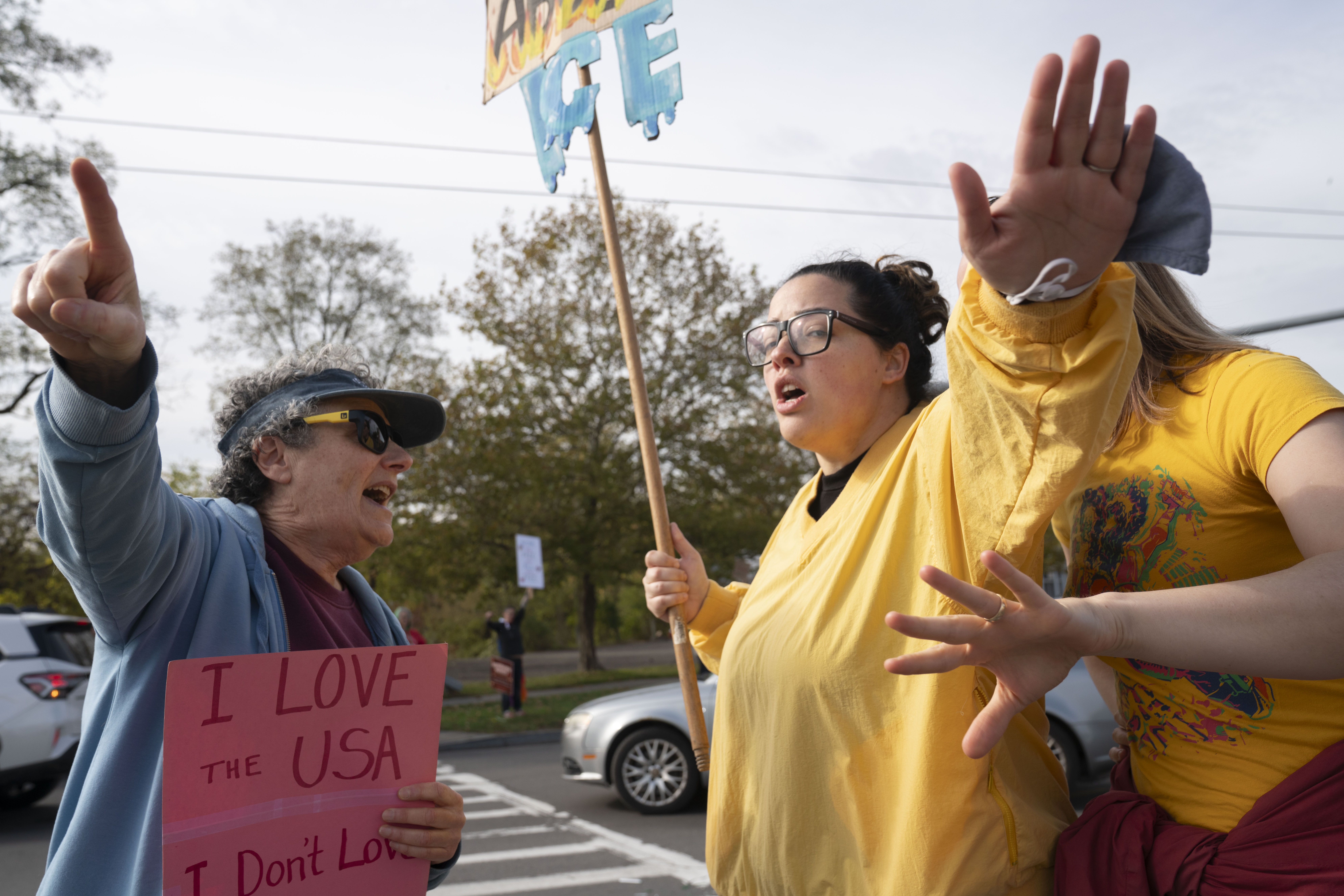
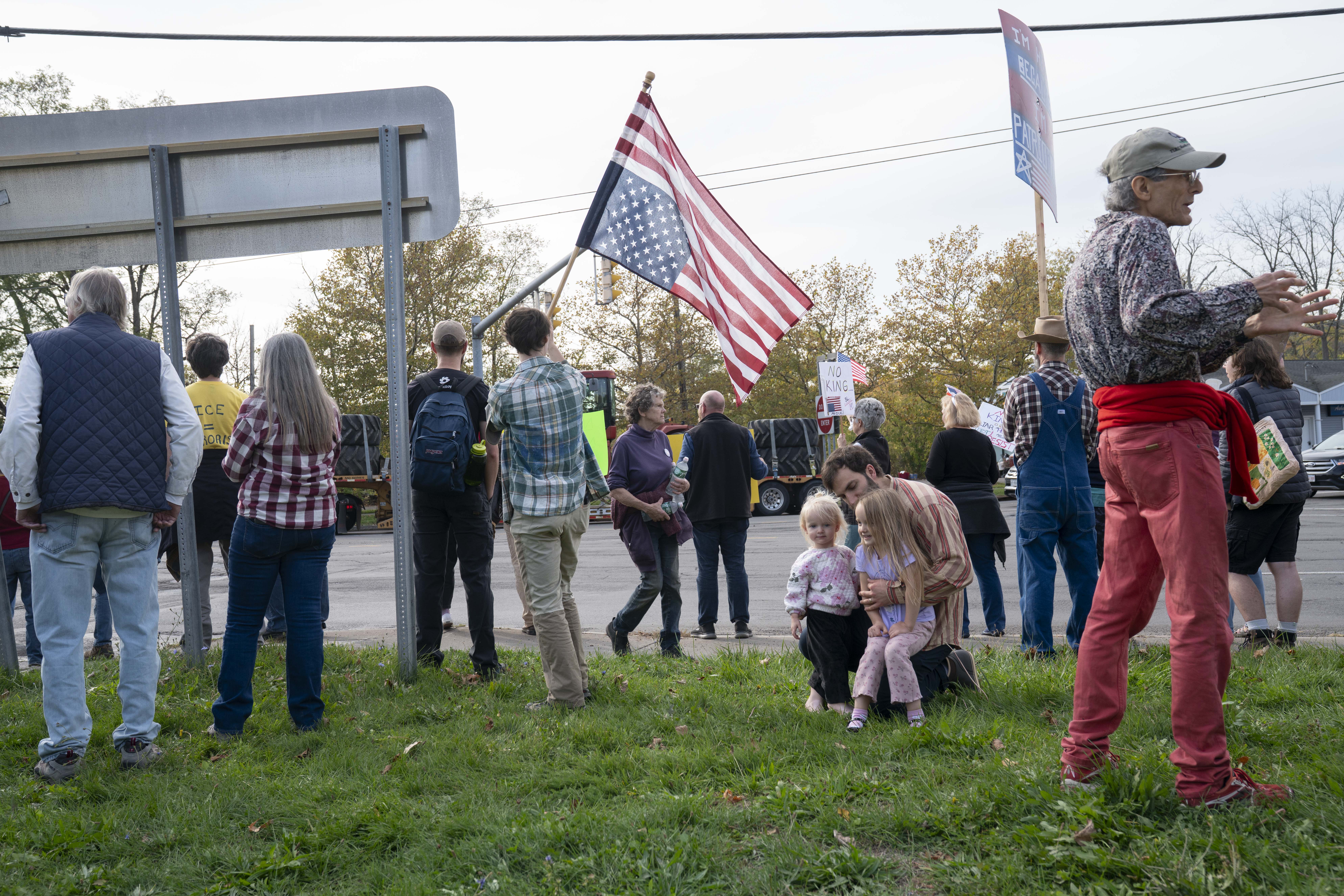

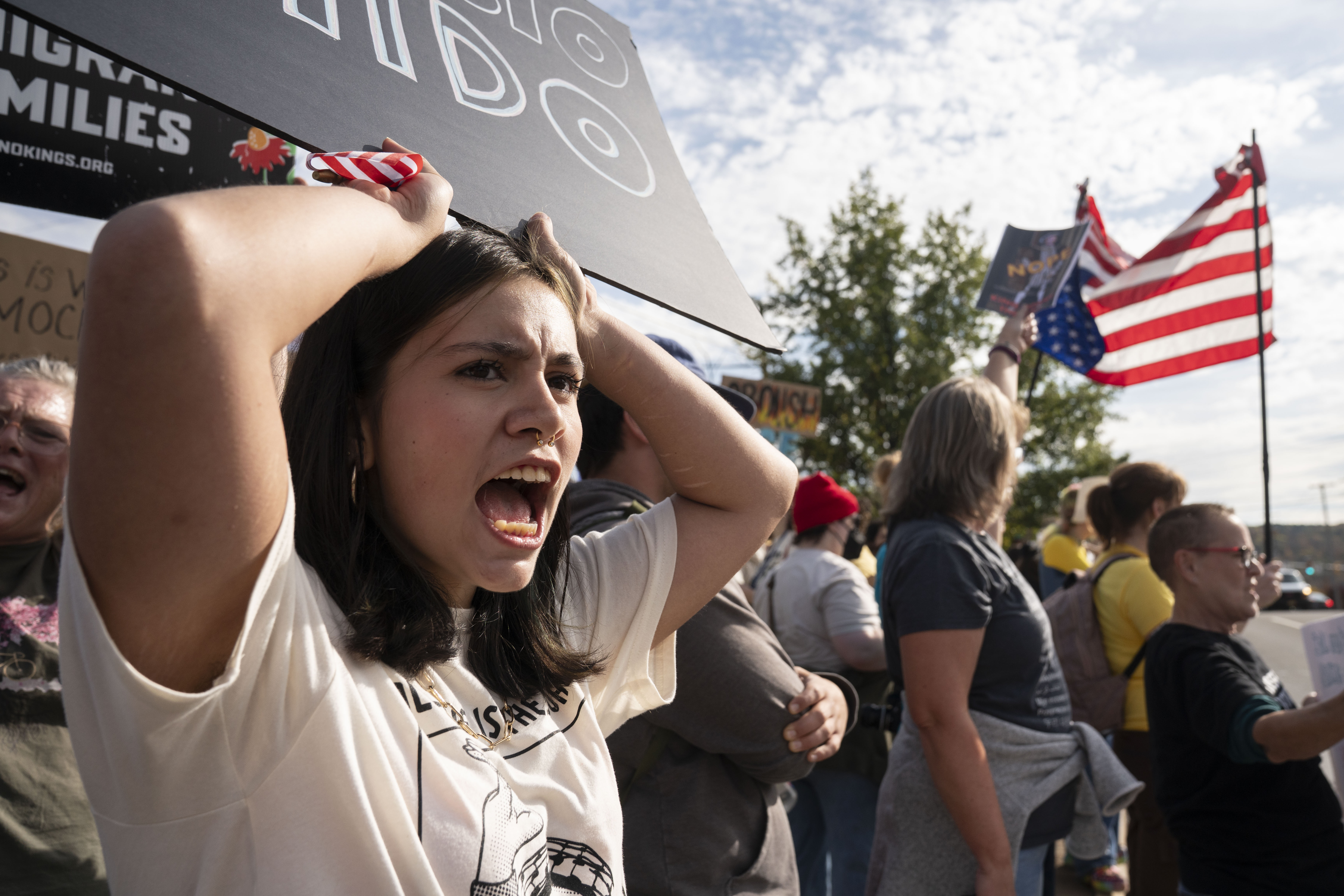
No Kings was not the start of a revolution. But it could be the start of something—if people want it to be. Around seven million Americans turned out for No Kings protests around the country, showing large amounts of contempt for Trump and his policies. But, I wonder: How do the protests channel this contempt into change?
